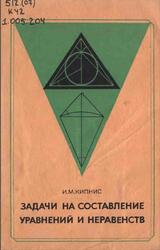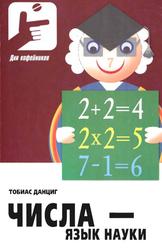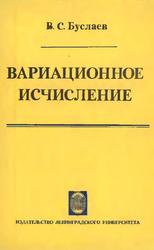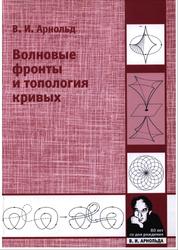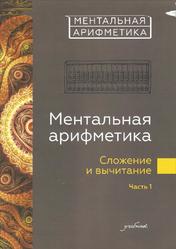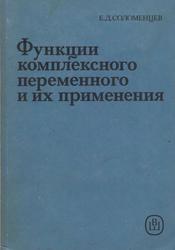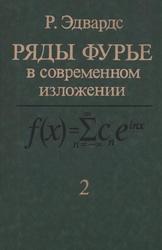A Mathematica Primer for Physicists, Napolitano J., 2018.
My course was aimed at the level of sophomore, or above, STEM majors. That is, I assumed my students had already taken a year of calculus and a year of introductory physics. Of course, this book could also be a companion volume for instructors teaching an introductory calculus-based physics course.
This book is not styled after a user manual. The documentation for Mathematica is quite complete and, in my opinion, easy to use. Instead, I want to give just enough information for the reader to get started, introducing a limited number of new concepts in what I hope is a clear and narrative manner, especially in the Introduction. The following individual chapters draw on material that precedes them, but do not necessarily need to be followed in order.
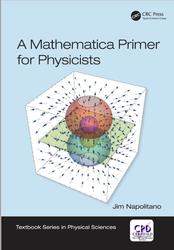
GOOD HABITS FOR WRITING NOTEBOOKS.
You are now ready to start writing your own notebooks for solving physics problems. Before you start in earnest, it’s a good idea to learn some good habits.
First, be neat. Arrange your commands in a readable form, and use carriage returns to split commands over lines if necessary. MATHEMATICA will indent things so that they are easily understood.
Most commands in MATHEMATICA end up creating new quantities, and MATHEMATICA remembers these throughout a session. When you write a notebook, it is natural to think of each notebook execution as a fresh start, but quantities left over from the last execution (or anything else you were doing on the side) will remain, and this can lead to confusing results.
Contents.
Chapter 1 Introduction.
1.1. GETTING STARTED.
1.2. BUILT-IN OBJECTS.
1.3. FUNCTIONS.
1.4. SIMPLE PLOTTING.
1.5. GOOD HABITS FOR WRITING NOTEBOOKS.
1.6. PHYSICS EXAMPLE.
1.7. GETTING HELP.
1.8. CHAPTER SUMMARY.
Chapter 2 Solving Algebraic Equations.
2.1. SYNTAX FOR EQUATIONS AND SOLUTIONS.
2.2. LIST MANIPULATIONS.
2.3. SYSTEMS OF EQUATIONS.
2.4. COMPLEX NUMBERS.
2.5. PHYSICS EXAMPLES.
2.6. CHAPTER SUMMARY.
Chapter 3 Derivatives, Integrals, and Series.
3.1. DERIVATIVES.
3.2. INDEFINITE INTEGRALS.
3.3. DEFINITE INTEGRALS.
3.4. NUMERICAL INTEGRATION.
3.5. POWER SERIES.
3.6. PHYSICS EXAMPLES.
3.7. CHAPTER SUMMARY.
Chapter 4 Differential Equations: Analytic Solutions.
4.1. FIRST ORDER ORDINARY DIFFERENTIAL EQUATIONS.
4.2. SECOND ORDER ORDINARY DIFFERENTIAL EQUATIONS.
4.3. SIMULTANEOUS DIFFERENTIAL EQUATIONS.
4.4. PARTIAL DIFFERENTIAL EQUATIONS.
4.5. PHYSICS EXAMPLES.
4.6. CHAPTER SUMMARY.
Chapter 5 Differential Equations: Numerical Solutions.
5.1. ORDINARY DIFFERENTIAL EQUATIONS.
5.2. PARTIAL DIFFERENTIAL EQUATIONS.
5.3. PLOTTING IN THREE DIMENSIONS.
5.4. PHYSICS EXAMPLES.
5.5. CHAPTER SUMMARY.
Chapter 6 Vectors and Matrices.
6.1. VECTORS AND MATRICES AS LISTS.
6.2. LOGICAL EXPRESSIONS AND OPERATIONS.
6.3. VECTOR OPERATIONS.
6.4. MATRIX OPERATIONS.
6.5. EIGENVALUE PROBLEMS.
6.6. PHYSICS EXAMPLES.
6.7. CHAPTER SUMMARY.
Chapter 7 Basic Data Analysis.
7.1. NUMBERS IN LISTS.
7.2. SELECTING DATA SEGMENTS.
7.3. READING DATA FROM A FILE.
7.4. MAKING HISTOGRAMS.
7.5. PHYSICS EXAMPLE.
7.6. CHAPTER SUMMARY.
Chapter 8 Fitting Data to Models.
8.1. LINEAR FITTING.
8.2. NONLINEAR FITTING.
8.3. HANDLING DATA WITH ERROR BARS.
8.4. PHYSICS EXAMPLE.
8.5. CHAPTER SUMMARY.
Chapter 9 Numerical Manipulations.
9.1. SIGNIFICANT FIGURES.
9.2. NUMERICAL SOLUTIONS TO ALGEBRAIC EQUATIONS.
9.3. WORKING WITH UNITS.
9.4. ACCESS TO DATABASES.
9.5. PHYSICS EXAMPLES.
9.6. CHAPTER SUMMARY.
Chapter 10 Random Numbers.
10.1. GENERATING RANDOM NUMBERS.
10.2. MONTE CARLO TECHNIQUES.
10.3. PROBABILITY DISTRIBUTIONS.
10.4. PHYSICS EXAMPLE.
10.5. CHAPTER SUMMARY.
Chapter 11 Animation.
11.1. SCOPING.
11.2. PLOTS IN MOTION.
11.3. DRAWING GEOMETRIC SHAPES.
11.4. CARTOON ANIMATION.
11.5. PHYSICS EXAMPLES.
11.6. CHAPTER SUMMARY.
Chapter 12 Advanced Plotting and Visualization.
12.1. OPTIONS FOR 2D PLOTS.
12.2. OPTIONS FOR 3D PLOTS.
12.3. CONTOUR AND DENSITY PLOTS.
12.4. VECTOR DIFFERENTIAL CALCULUS.
12.5. VISUALIZING VECTOR FIELDS.
12.6. PHYSICS EXAMPLES.
12.7. CHAPTER SUMMARY.
Appendix A Additional Exercises.
Appendix B Shorthands.
Index.
Бесплатно скачать электронную книгу в удобном формате, смотреть и читать:
Скачать книгу A Mathematica Primer for Physicists, Napolitano J., 2018 - fileskachat.com, быстрое и бесплатное скачивание.
Скачать pdf
Ниже можно купить эту книгу, если она есть в продаже, и похожие книги по лучшей цене со скидкой с доставкой по всей России.Купить книги
Скачать - pdf - Яндекс.Диск.
Дата публикации:
Теги: учебник по математике :: математика :: Napolitano
Смотрите также учебники, книги и учебные материалы:
Следующие учебники и книги:
Предыдущие статьи:


